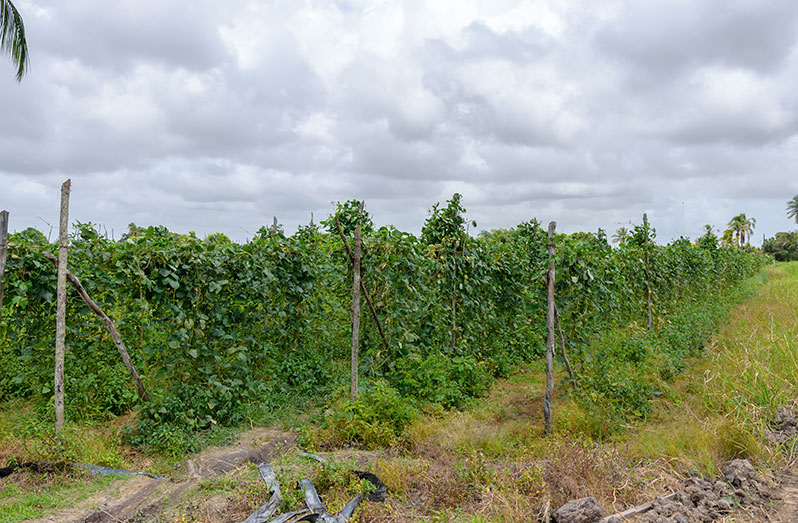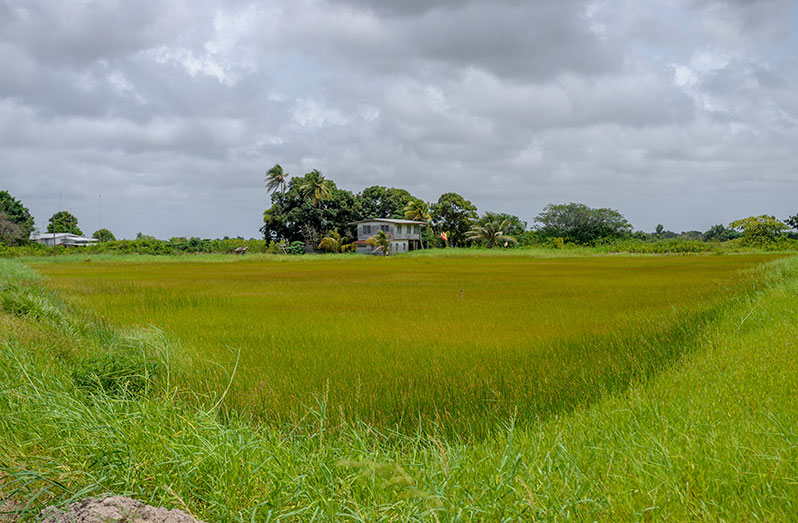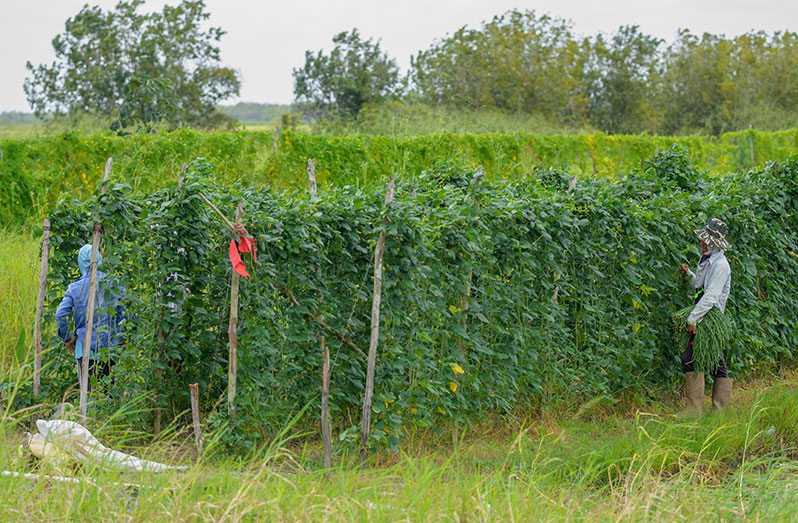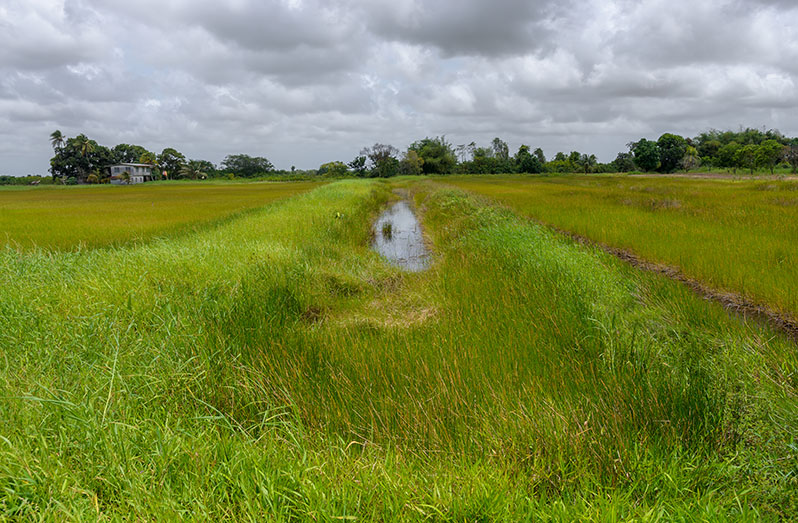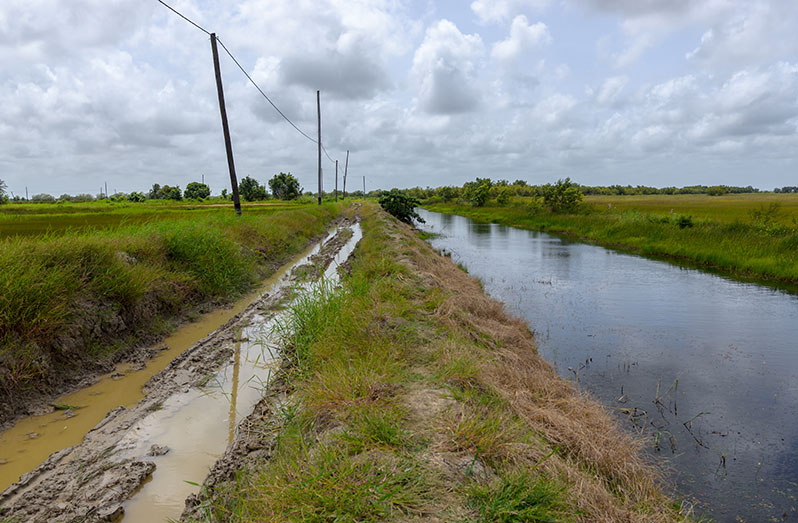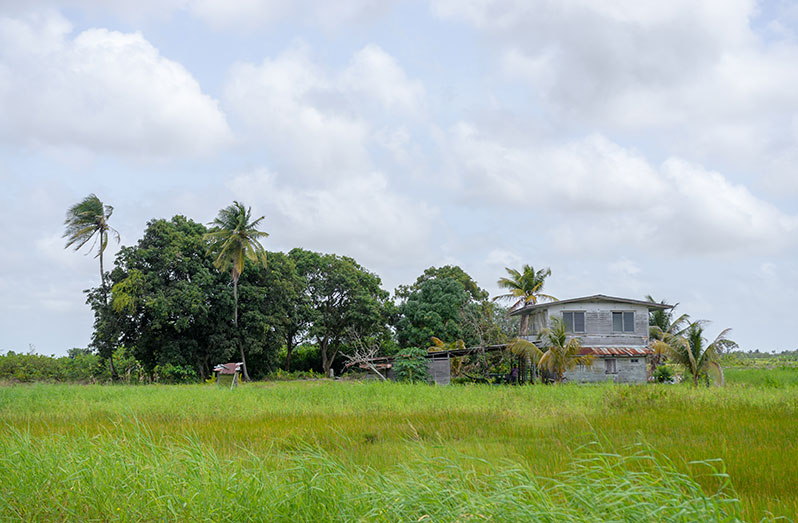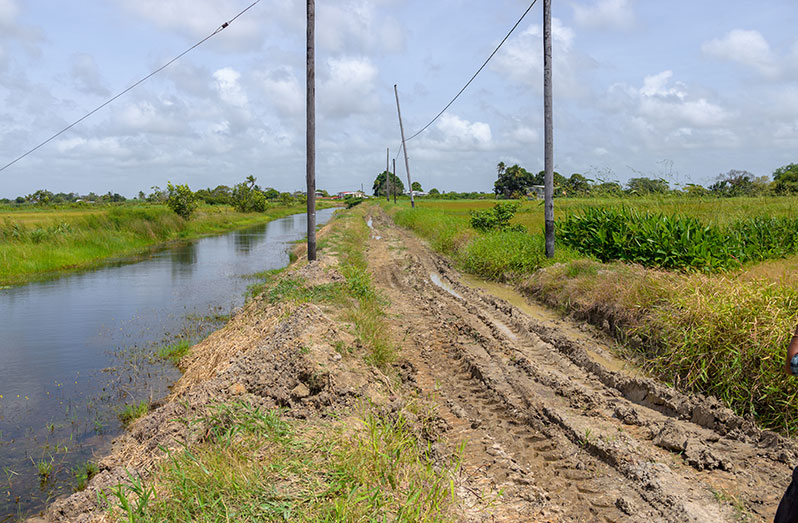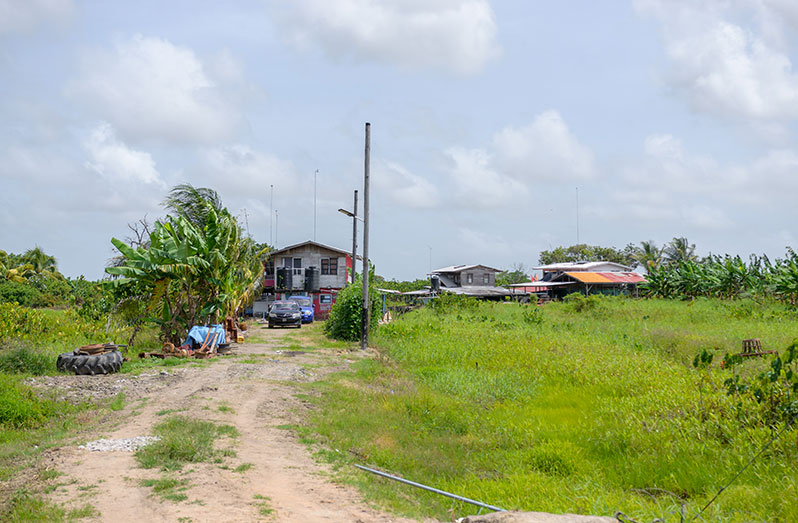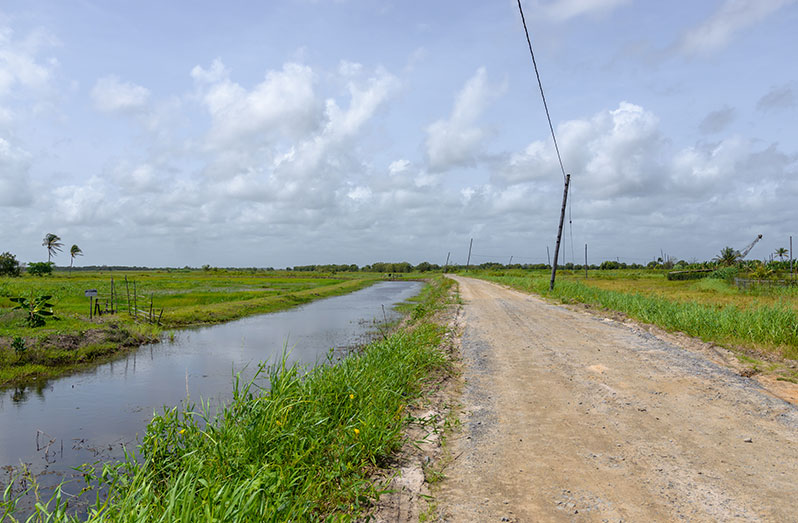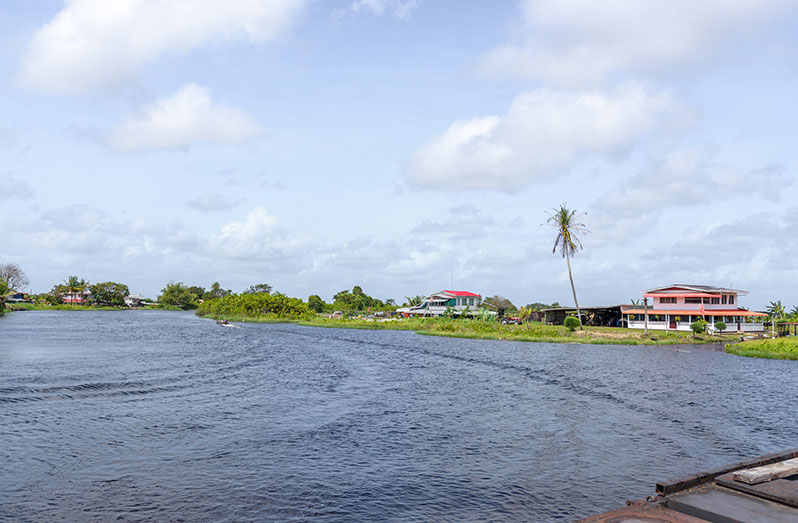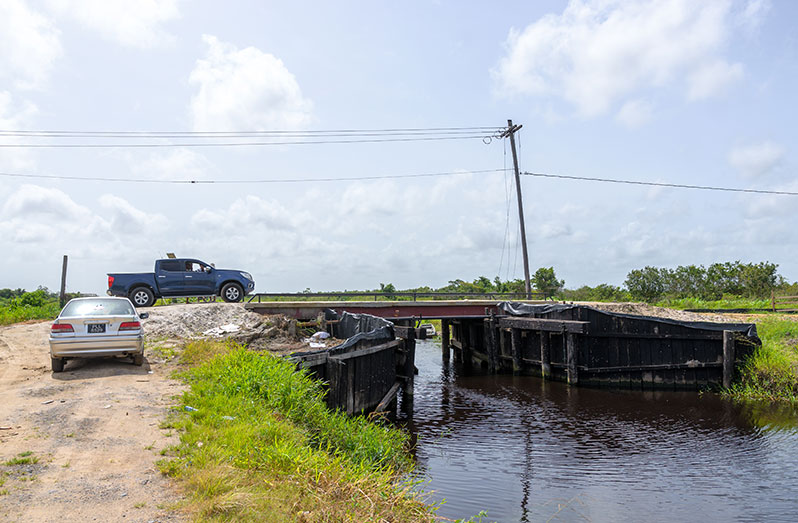This week the Pepperpot Magazine visited the agriculture-based village of Big Biaboo Village, Region Five (Mahaica-Berbice) to highlight the way of life of the locals.
IT was an overland journey which started from the city to the East Coast, then via the highway over the Mahaica bridge into a 10-mile stretch of road through the De Hoop Branch Road, which is just off the main public road.
Along this 13.5-mile road there are eight small villages and only 10 miles are accessible by road, the other 3.5 miles are inaccessible due to the state of the dirt condition of what was supposed to be a road.
This 3.5-mile dirt road is accessible only by foot or by boat and it leads to Big Biaboo, a village tucked away just in front of the Mahaica River as its background and in front a drainage canal which overlooks the vast farmlands.
It is a quaint little village with about 35 houses scattered all over some distance apart and others close by.
The locals consist of Indo-Guyanese and it is the home of high-quality bora on a very large scale, which is the main economic activities of the people.
Big Biaboo Village is the second-to-last village and is bordered by the Little Biaboo and Grass Hook communities.
It is the home of bora, corilla, squash, purple ochro, tomatoes, peppers, boulanger and other cash crops, but its main produce is high-quality bora due to the excellent soil composition combined with the consistency of drugs and fertilizers.
There is large-scale rice cultivation, livestock, poultry and cattle farming as well in this village, and it is a place which is very breezy and is a haven for all species of birds, making it ideal for bird watching.
The population of Big Biaboo is about 200 and it is a farming village where the locals lead very simple and hard-working lives, toiling on their farms, which is accessible via boat for many daylight hours daily.
The village has no facilities, but it is accessible in the neighbouring village of Little Biaboo, where there is a health centre, and a nursery school.
In Big Biaboo, some sections do not have electricity, but they have potable water supply and internet service from a private provider.
Big Biaboo is a farming village, where both men and women are farmers and apart from this, there are no other jobs, so job opportunities do not present itself readily in this part of the country.
The locals eat what they grow and the produce is mostly sold to wholesale buyers who visit, but who pay below the market price and re-sell for far more thus, causing the farmers to make little or no profits at all.
A handful of farmers would sell at some markets along the East Coast Demerara corridor, as far as the Plaisance Market.
In Big Biaboo there is an abundance of fruit trees, plants and flowers. There are no fishing signs posted up along the village, where there is a good catch of sweet water fishes.
It is a very safe village with just one road leading in and out of this community, and there are hardly any strangers there because all of the locals have lived their entire lives there, making it their home.
The people are very hospitable and friendly and do not hesitate to welcome visitors to their homes.
Big Biaboo was one of the villages in the region which was hard-hit by the flood last year and the water stayed on the land for four months, which caused crops, livestock, poultry and cattle to perish on a large scale.
Today, the people have regained their daily lives of farming the lands and are earning at a slow pace, hoping to gain momentum as they rebuild what was taken away.



.jpg)




